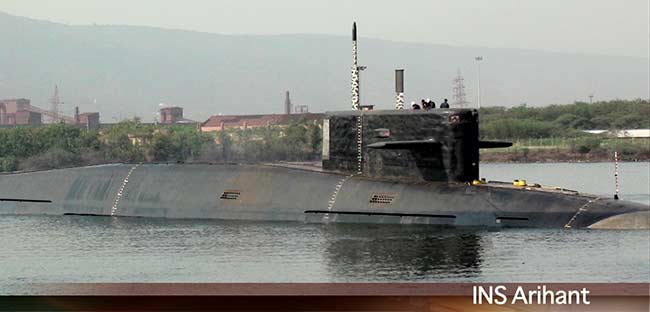SOURCE: AFI

According to Kris Osborn, President of the Center for Military Modernization, the existence of Indian nuclear-armed ballistic missile submarines (SSBNs) holds significant value for the Pentagon’s Indo-Pacific strategy and overall deterrence posture in the region.
India’s Arihant-class submarines are the nation’s first indigenously developed SSBNs. While the exact number of operational Arihant submarines remains classified, their existence strengthens India’s nuclear deterrence capabilities and contributes to regional stability.
Osborn highlights several key reasons:
- Pressure on China: The presence of Indian SSBNs alongside the upcoming US Columbia-class submarines creates a “two-pronged” threat to China. This could complicate China’s military planning and deter potential aggression.
- Countering China’s Nuclear Expansion: China’s rapid nuclear arsenal growth, including longer-range JL-3 missiles, necessitates a strong counterbalance. Indian SSBNs provide a credible deterrent against potential Chinese nuclear threats.
- Protecting the US Mainland: China’s growing submarine capabilities, particularly the JL-3 missiles, pose a potential risk to the continental United States. Indian SSBNs, by drawing Chinese focus away from the US Navy, could help mitigate this risk.
Osborn’s analysis suggests potential areas of US-India cooperation in the Indo-Pacific. Closer collaboration on information sharing, joint exercises, and technology exchange could be explored to maximize the effectiveness of both nations’ SSBN programs in deterring regional adversaries.